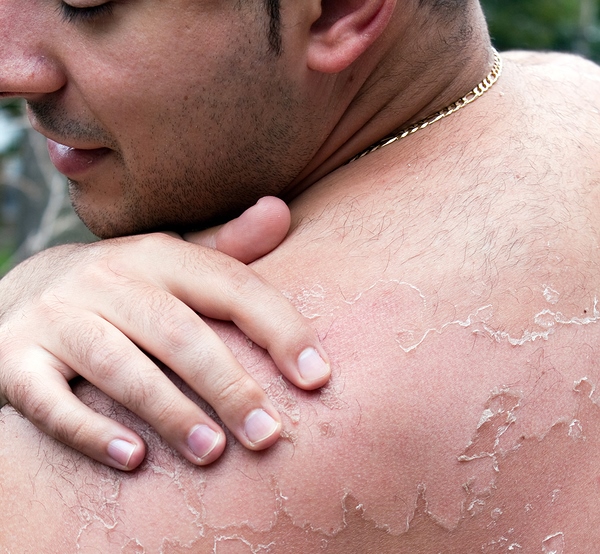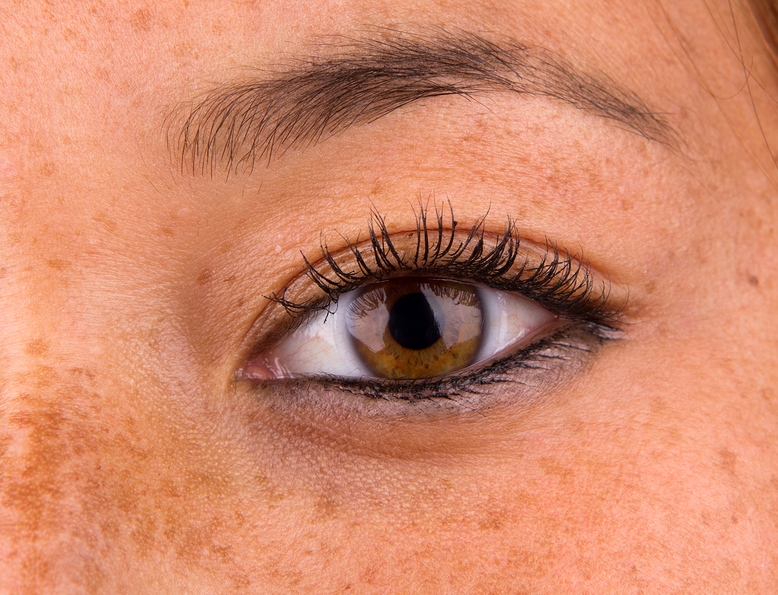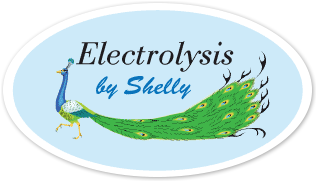How to Reverse Sun Damage

Too Much of a Good Thing??
It feels good to spend time in the sunshine. During the summer months, most of us like to take advantage of the good weather and soak up some rays. However too much exposure can take its toll on your skin.

Why?
That is because the sun gives off ultraviolet UV) light that damages your skin and causes sunburn. Over time, these rays can lead to wrinkles, dark spots and other problem areas. The result: you can add years to your looks. Research shows that UV exposure is the reason behind 80% of your skin’s aging.
Is There Any Way You Can Turn Back the Clock?
Fortunately, experts are shedding light on ways you can reverse some problems caused by the sun. It’s not possible to erase all the damage, but there are some steps you can take for these common conditions.
Sunburn
By the time your skin turns pink and painful, most of the harm is done. Sunburns happen when there is damage to the DNA in your skin cells. Over time, these injuries add up to and lead to wrinkles and skin cancer. There are a few ways you can counteract the damage before it is there for good. Apply sunscreen at least every 80 minutes – and try to stick to the shade. You’ll protect yourself from future UV radiation and give your skin enzymes time to repair some of the damaged DNA.
Dry Skin
You don’t have to be stuck with the lizard look. Use a scrub or loofah to gently exfoliate and remove the top layer of dead skin cells to reveal the soft skin beneath. Moisturize with lotion. Also drink plenty of water during the day.
Wrinkles
UV rays can break down the collagen and elastin, two proteins that keep the skin firm and smooth. Try these treatments to iron out those wrinkles:
- Beta Carotene:
Makes skin more supple and flexible and reduces sun-related wrinkles. You can find it in fruits and vegetables and in a supplement form.
- Retinoids:
These compounds boost the amount of collagen in your skin. A dermatologist can prescribe a cream or serum. You can find less potent forms in over-the-counter products.
- Chemical Peels:
This treatment removes damaged cells from the upper layer of your skin. Options can range from alpha-hydroxy or salicylic acid cream you apply yourself, to a medium-depth peel, which you get from a dermatologist.
- Microdermabrasion:
This technique uses tiny grains, crystals or diamond tips to remove the outer layer of skin. It also prompts the growth of collagen.
- Laser Therapy:
Short pulses of concentrated light remove specific layers or ears of skin to reveal fresh, new skin beneath. There are a few different types of laser therapy, including CO2 and erbium laser resurfacing. ND-Yag Lasers give a less invasive treatment where it encourages collagen and elastin to increase. The ND-Yag Laser is designed to target pigment cells. The specific wavelengths are absorbed preferentially by pigments (melanin) and the resulting heat will cause the creation and spread of waves that cause damage to the cells containing pigment. These damaged cells will then be cleared from the site resulting in lightening of the pigmented site.
- Micro-current:
Micro-current is like a very mild jump-start for the skin cells giving them a boost to eliminate toxins, repair damage and smooth wrinkles. Treatments help to speed up the electric impulses that have slowed down due to aging by working with our natural bio-electrical impulses, helping to speed up the natural regenerative processes in our bodies. Blood circulation and lymphatic drainage are stimulated, skin is rehydrated and revitalized. The collagen in the dermis (the deepest layer of the skin) is repaired, while signs of aging in the epidermis (the top layer of skin) are gently erased.
We offer both laser skin rejuvenation therapy and micro-current skin regeneration and cell repair.
Contact us for a free consultation to find which therapy is best suited for your skin.
